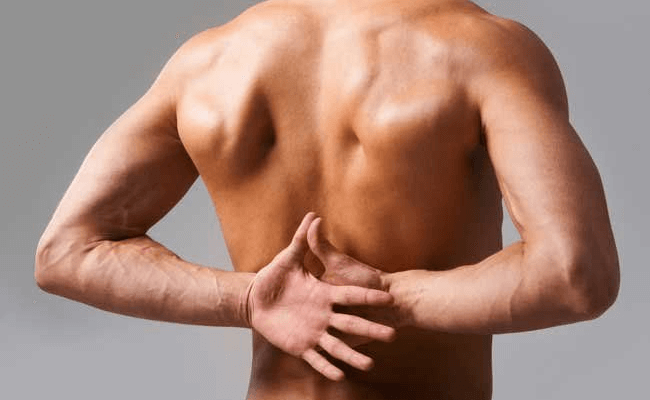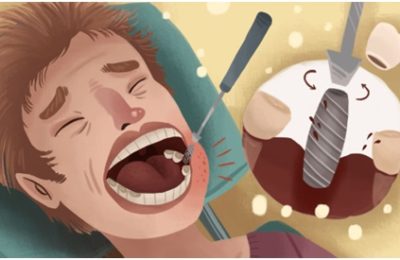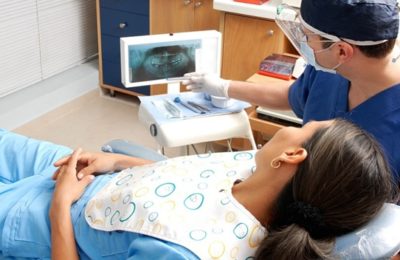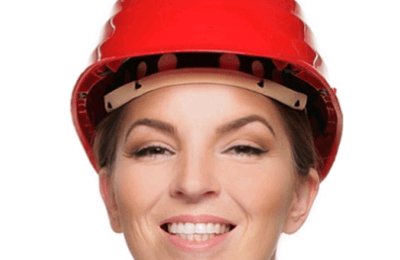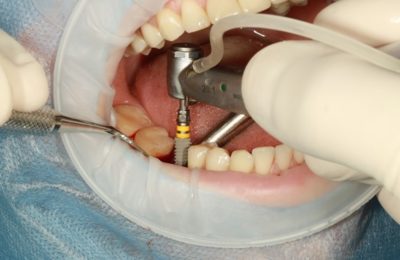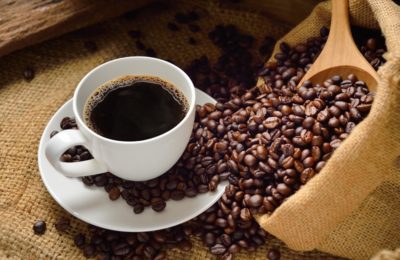Most people only know of massage as something that you do when you want to release tension; that massage is soothing and relaxing. Sure, this may be one of the fundamental purposes of massage and, in fact, the most common type of massage—Swedish massage—uses purposefully long and smooth strokes to increase blood flow and knead out problematic knots.
However, there are other types of
Euro-spa destination spa
massage that are not, in fact, quite as pleasant as the more traditional modalities. Yes, many modern techniques have emerged which, while achieving relaxation of tense muscles, are actually a little more on the painful side. These techniques are not for the faint of heart—and can be downright painful—but when it comes to relief and health, sometimes it is better to work through the pain.
DEEP TISSUE MASSAGE
The most familiar of these extreme massage modalities, deep tissue massage can range greatly in its severity. At its most severe, though, it can be quite painful and this range will depend on what problematic spot the practitioner is trying to relieve. Because unlike the balanced relaxation technique of Swedish massage, deep tissue massage focuses more on relieving specific trigger points, typically associated with repetitive use injuries, sports injuries, or emergency situations like a car accident.
THAI MASSAGE
Like deep tissue massage, Thai massage does not have to be painful. However, the combination of rhythmic compression and yoga stretches can be somewhat extreme. The purpose is to stretch through the pressure to improve flexibility and encourage better circulation. If you do not stretch often—common in the West—this type of massage can be very uncomfortable at first. However, the more stretching you do—through this type of massage—the more pleasant the experience becomes.
ROLFING
Many might call this modality the most painful of all the massage techniques, but those who have undergone this trademarked system of soft tissue manipulation and movement philosophies might actually recommend it. This is bodywork at its most extreme, the manipulation of the body’s natural “myofascial tissue”–the connective muscle tissue—to influence (or correct) the body’s natural posture. For this reason, many consider Rolfing to be a form of deep tissue massage even though it actually aims to work out the whole body to ease patterns of pain and inflammation throughout the body.

